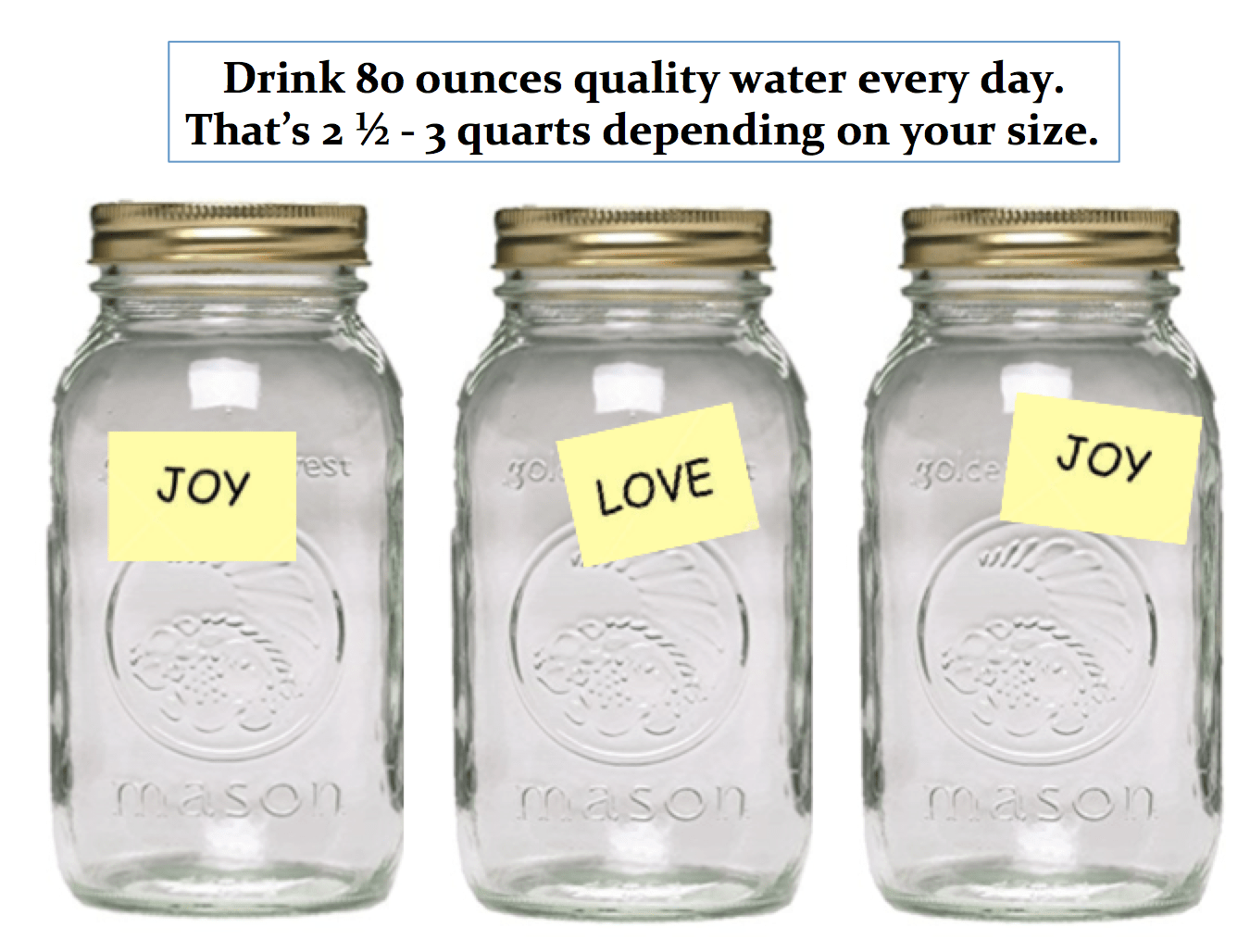
The non-water fluids that we normally consume daily are nothing more than chemicals suspended in water. The remaining 10% (amounting to 1 liter of water) is passed on to the large intestine, which absorbs as much water as possible from the waste substances ready to be excreted from the body as feces. Of the almost 10 liters of water that enters our stomach every day, 80-90% is absorbed by the small intestine. It also has a huge inner surface area of roughly 250 square meters – the size of a tennis court! ( Source) This large surface area helps to absorb water and other liquids quickly and efficiently. It’s quite an extensive organ, boasting a length of around 20 feet (6 meters). The role of the small intestine in the absorption of liquidsįortunately for us, the small intestine is more than up to the task. In short, it means that the intestines are responsible for absorbing most of the water we consume. This cell membrane consists of small channels or pores through which water and ions, such as sodium, enter the cell, meaning that water is absorbed directly through the epithelial cells that cover the human intestinal tract. In fact, water molecules are so small that they have no problem diffusing through the cell membrane. On the other hand, water is a very simple molecule, so our body does not have to break it into smaller, simpler molecules.

This happens with solid foods that contain large complex molecules such as proteins and carbohydrates. Our teeth mechanically pulverize the food, while the saliva in the mouth chemically breaks down fat and starch. However, so that you know, the breakdown of food begins before it is in the mouth itself. Just like in a blender, everything we consume is mixed together and forms a fine mess in the stomach. The initial digestive phase is similar to pouring the meal (liquids included) into a blender.

Liquids such as water, tea, and alcohol do not go any other way. When we talk about the digestion/absorption of the things we consume, the first thing we should always remember is that everything we eat enters the stomach via the same route – the esophagus.

This is a considerable amount of fluid that must be processed – or more precisely absorbed – within the body. Additionally, the volume of gastrointestinal secretions, including gastric, saliva, pancreatic, intestinal, and bile fluids, is about 8 liters, which means that 10 liters of fluid enter the intestines every day ( Source). Usually, people consume about 2 liters of dietary water daily through various means, including drinking water directly or via food and other beverages.


 0 kommentar(er)
0 kommentar(er)
